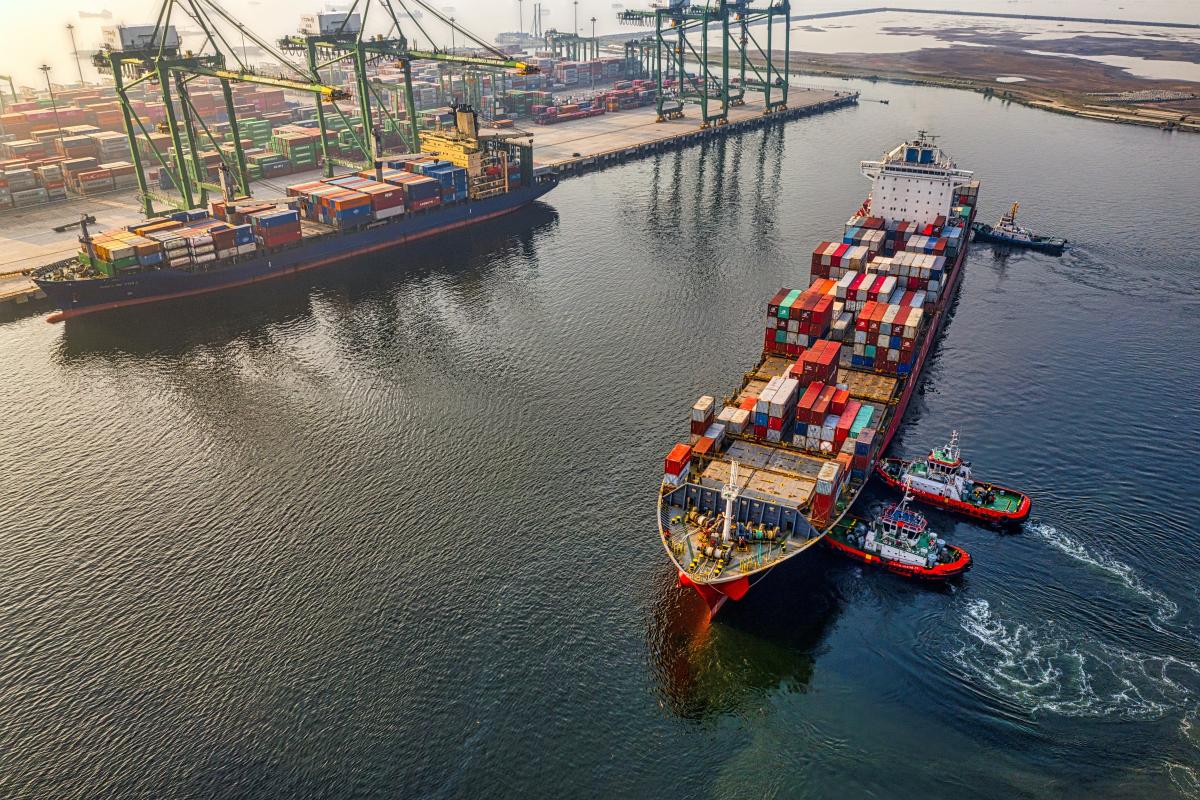In this extract from his recent speech to an audience of marketers, Chinese ambassador to the UK Liu Xiaoming outlines the priorities for British exports to perform more effectively against our European competitors.
As you know, boosting growth is a core objective of the UK coalition government. As part of the plan, top priority has been given to expanding exports to China and other emerging economies. This policy effort is paying off.
British exports to China increased 28.8% last year. Despite the high rate, the volume was just US$14.6 billion. It made up only 3.1% of total British exports. I say ‘just’ $14.6 billion as comparison with other export markets strongly highlights the potential of boosting China-UK economic co-operation.
You may be familiar with one comparison with the BRICS countries – Brazil, Russia, India, China and South Africa. The UK’s total exports to all the BRICS countries is not as much as Britain exports to Ireland.
Another way to look at the potential is this. In world country economic size, China ranks second and Britain is seventh. Given the size of our respective country economies, clearly the figure of $14.6 billion points to the immense potential for increasing trade.
Analysis of the top 10 British export products to China shows only a modest share in the Chinese market. China buys a lot more of these products from Germany. Again, this comparison shows great potential.
So how to increase British exports to China? I personally suggest the UK step up efforts in the following three areas.
First, export more high-end products to China. Significant opportunities lie in the economic strategy that the government has set out. An important part of China’s effort to shift its growth model is to boost consumption, in particular consumer spending. In the twelfth five-year plan period, which is between 2011 and 2015, China’s imports are expected to reach $8 trillion. Some bold analysts have even put it at $10 trillion.
Britain will have to compete with other countries in this huge marketplace. To win the competition, you need to outdo others in branding, design and technology. Maybe I am being too frank, but Britain needs to learn from France and Germany in marketing and product promotion. Here are some examples:
- Louis Vuitton, or LV, is much more famous in China than Burberry.
- Sales of Scotch whisky in China hit a record high last year. But sales of French wine are way ahead of whisky.
- Branding is key in China. BMW is translated as ‘precious horse’ in Chinese and Land Rover as ‘tiger on land’. Although in Chinese culture, the tiger is much more powerful than the horse, BMW is hugely more popular in China than Land Rover.
Second, export more technologies to China. Another way of restructuring the Chinese economy is industrial upgrading. With advanced technologies, China will be able to move up the value chain.
The UK is a world leader in science and technology. But there are constraints in the UK to exploit these strengths, with a population of 60 million. China, with a population of 1.3 billion, could make some British technologies much easier to commercialise. For example, Britain has developed many technologies in renewable energy, low-carbon economy and environmental protection. These will generate huge economic and social benefits if used in China.
In terms of high-tech exports to China, Britain comes fifth among EU members after Germany, France, Italy and Sweden. Perhaps this ranking suggests Britain is being too ‘conservative’ with the international exploitation of its strengths in science and technology. The opportunities are there in China but success needs open minds and keeping pace with the changing times.
Third, the UK needs to export more products from the creative industries to China. The creative industries are a speciality of Britain. They contribute 7% to the British economy. That is as much as the financial sector. Creative industries are a most dynamic sector and will be a great global growth area in this century.
China wants to turn itself from a production base into a design centre. To achieve this goal, it needs to develop creative industries with a powerful momentum. In recent years, the value added from creative industries in China has grown at an annual rate of over 17%. That is much higher than that of China’s GDP. The creative industries have become a major source of growth for China.
Both China and Britain have great pride in their distinctive cultures. Our economies have a lot to offer each other. So co-operation between us in culture and creative industries is blessed with a solid foundation and great potential. It will become another highlight of our economic co-operation.
This article featured in Market Leader, July 2012.
The full speech may be found at: www.chineseembassy.org.uk/eng/EmbassyNews/t928158.htm
